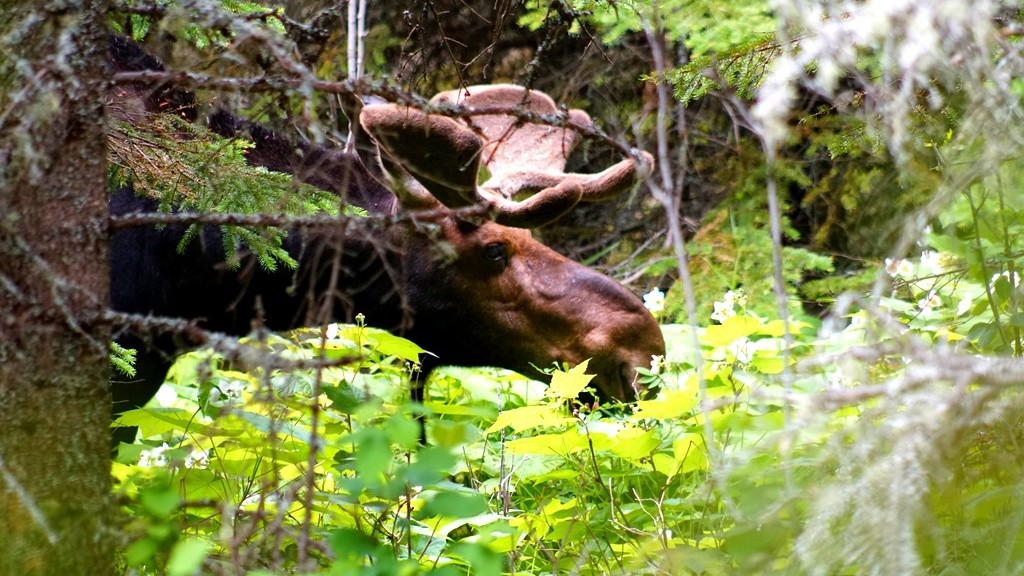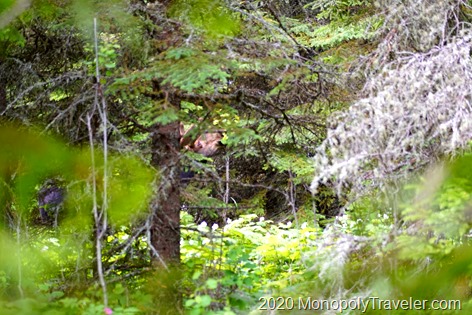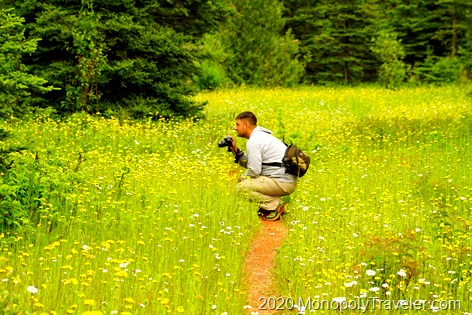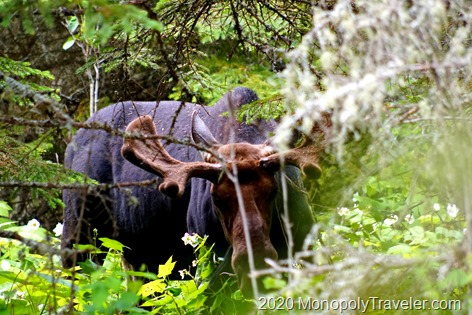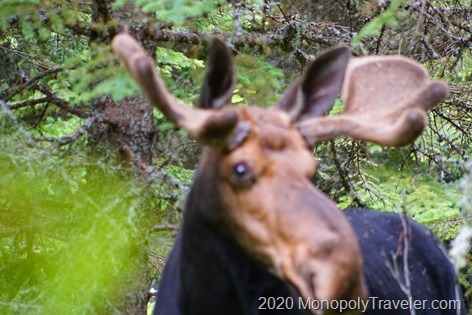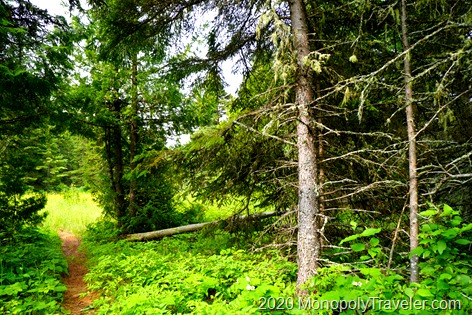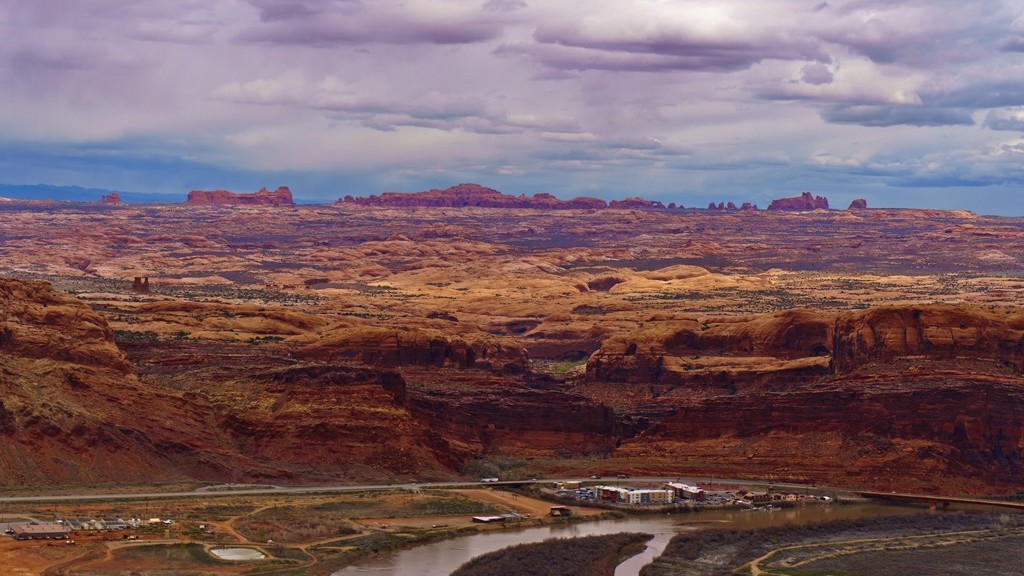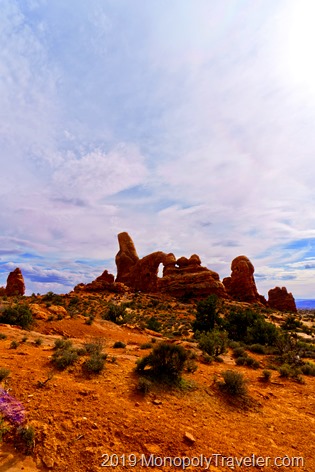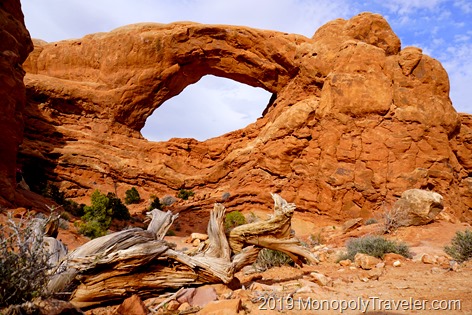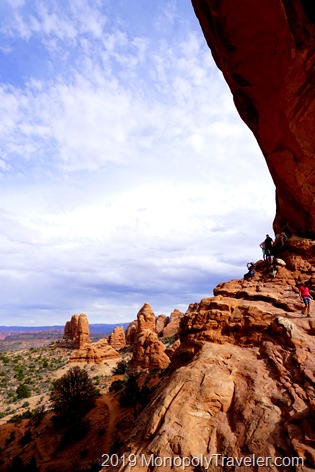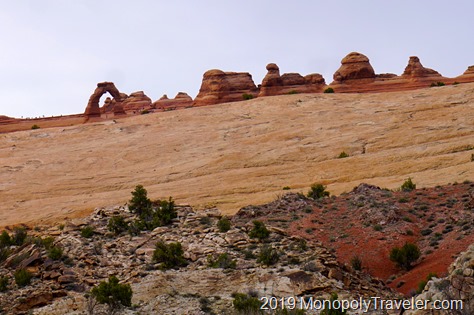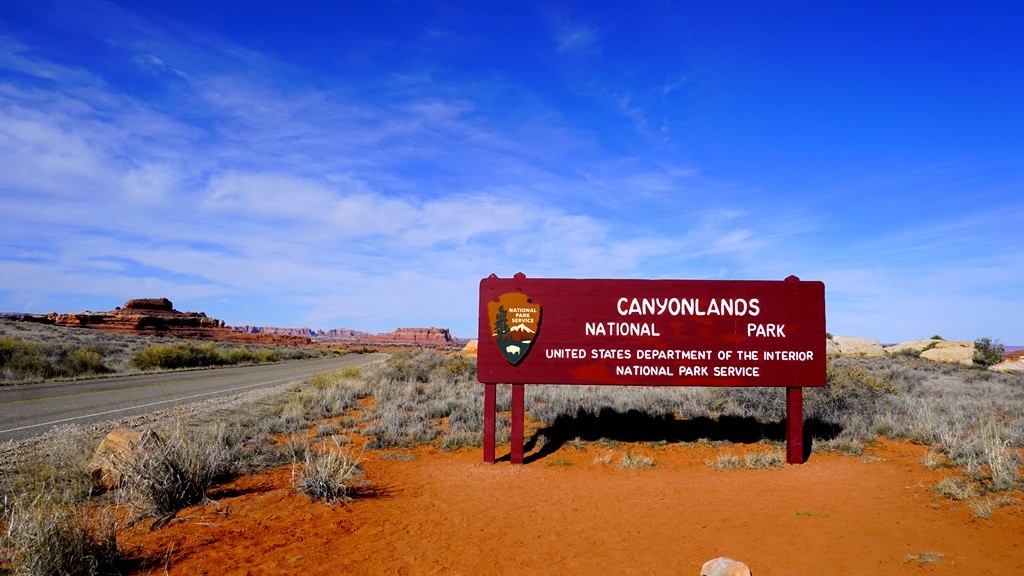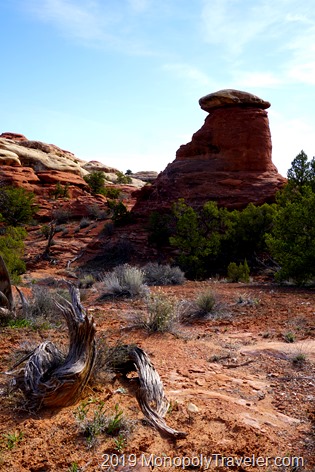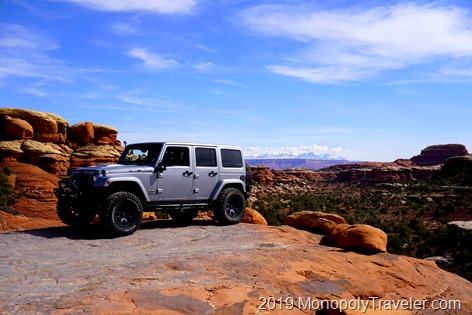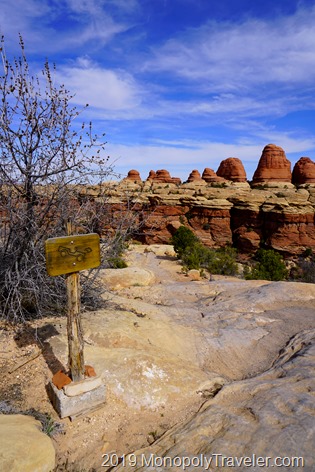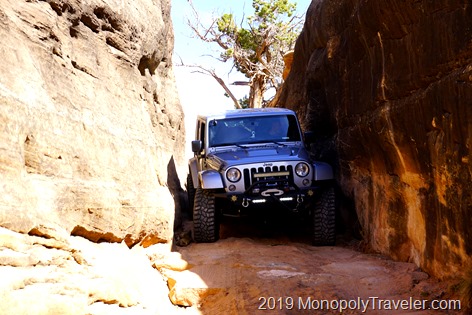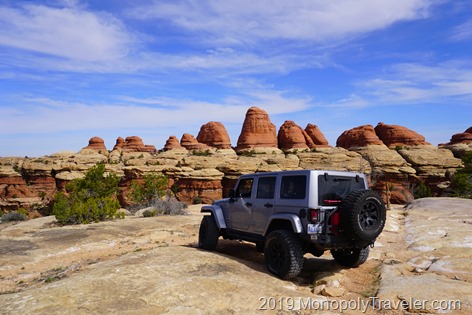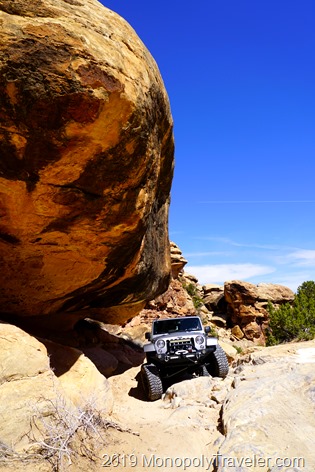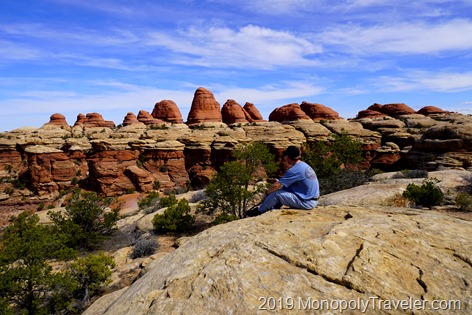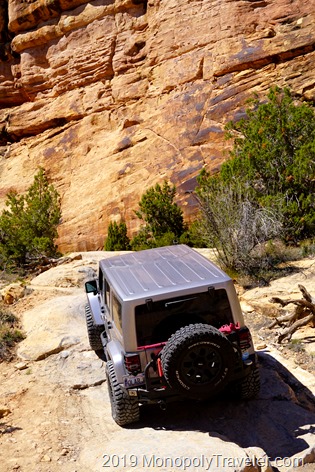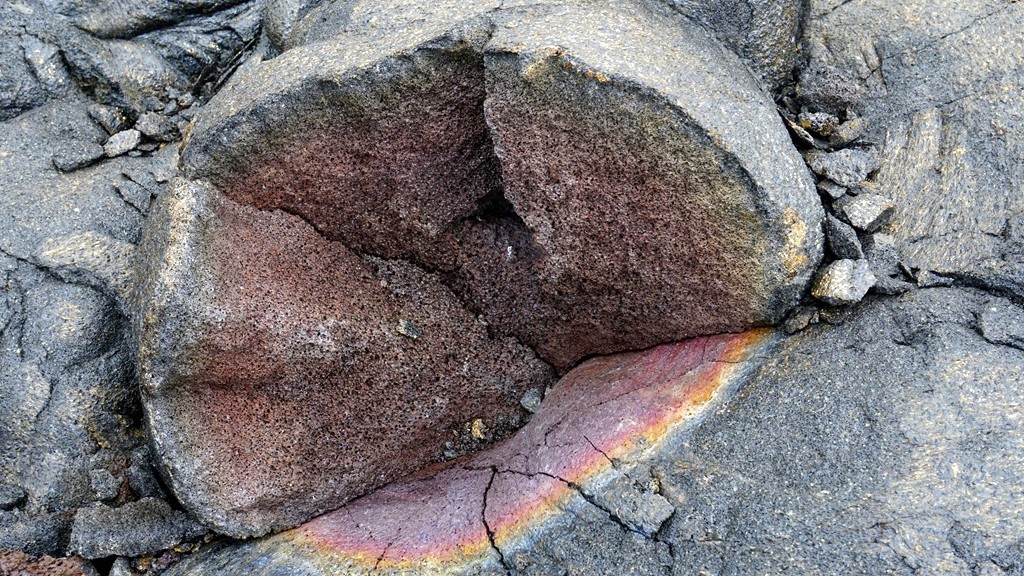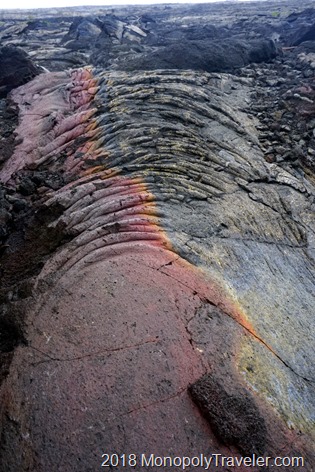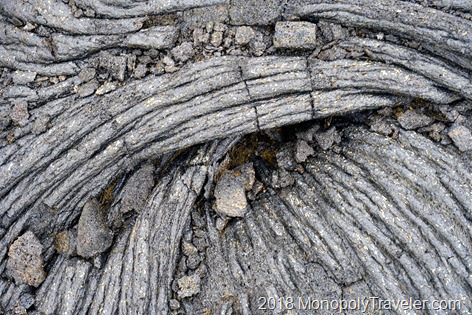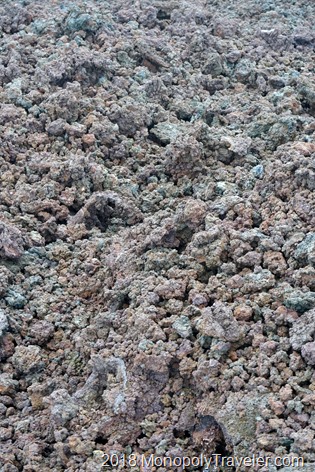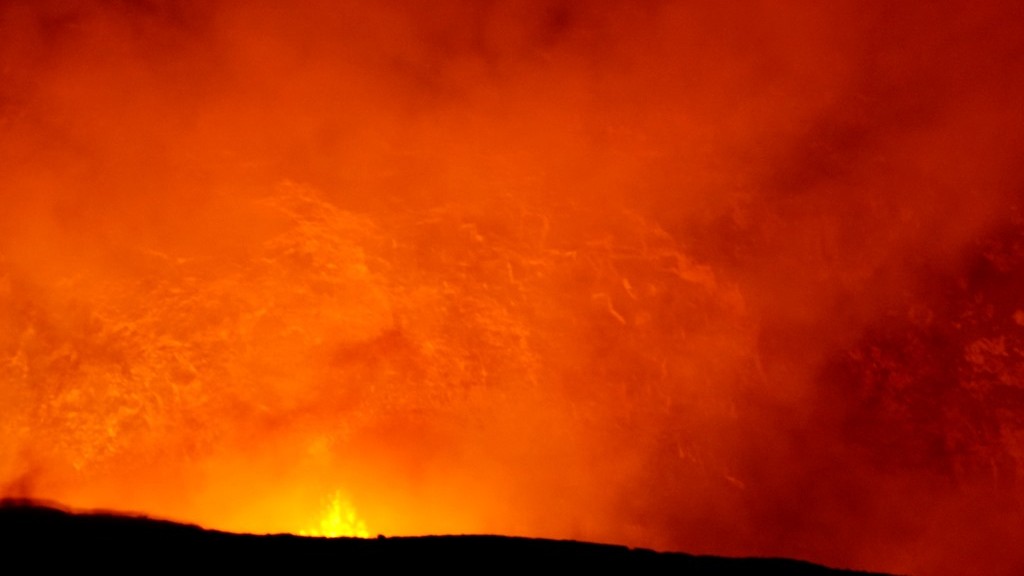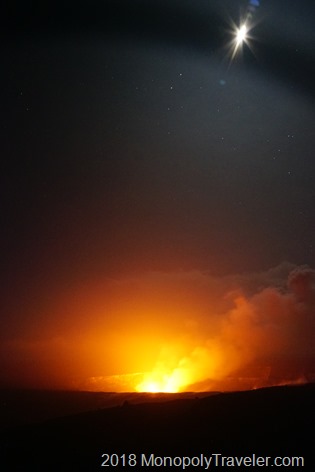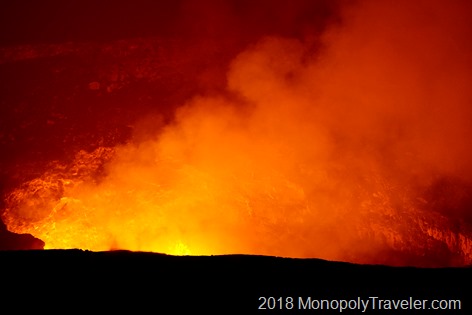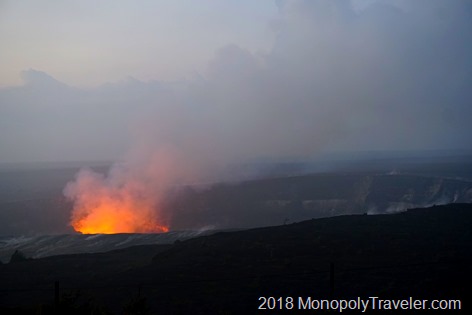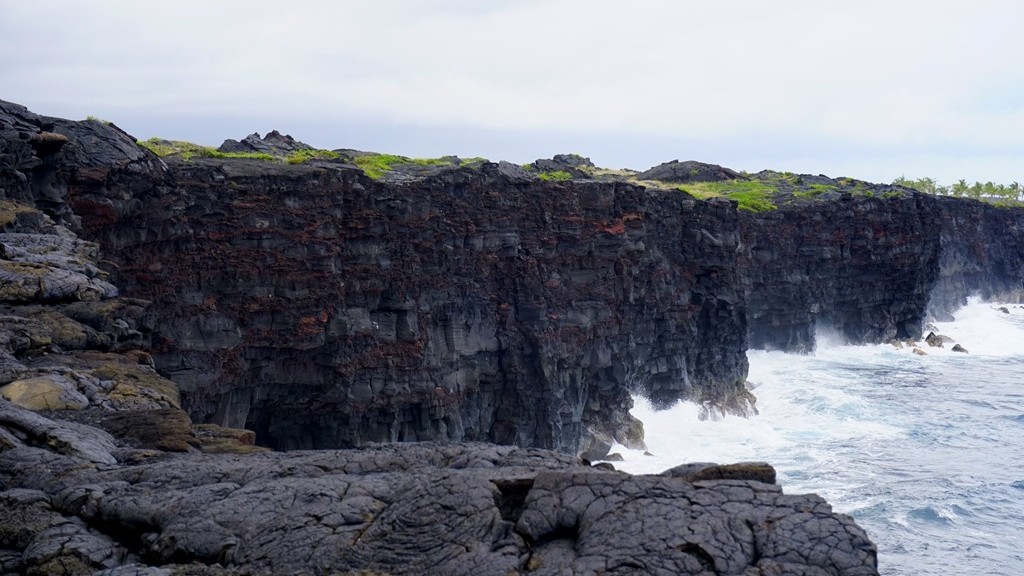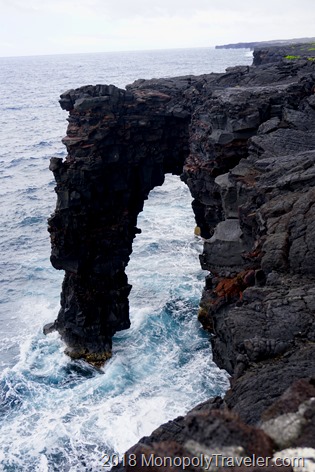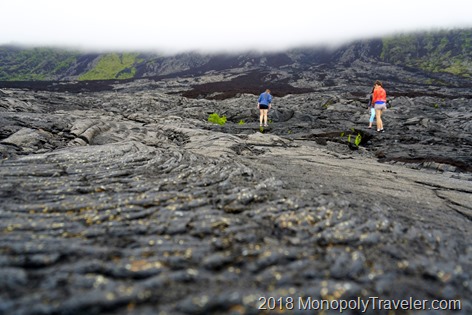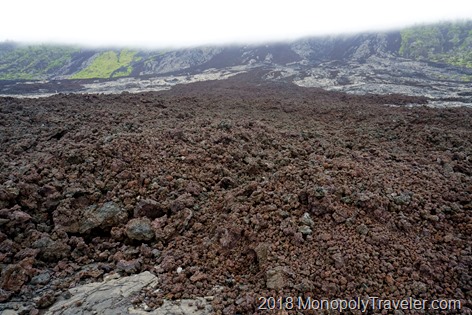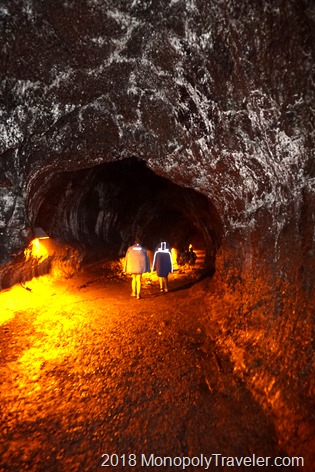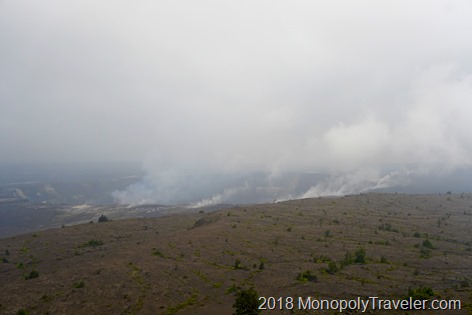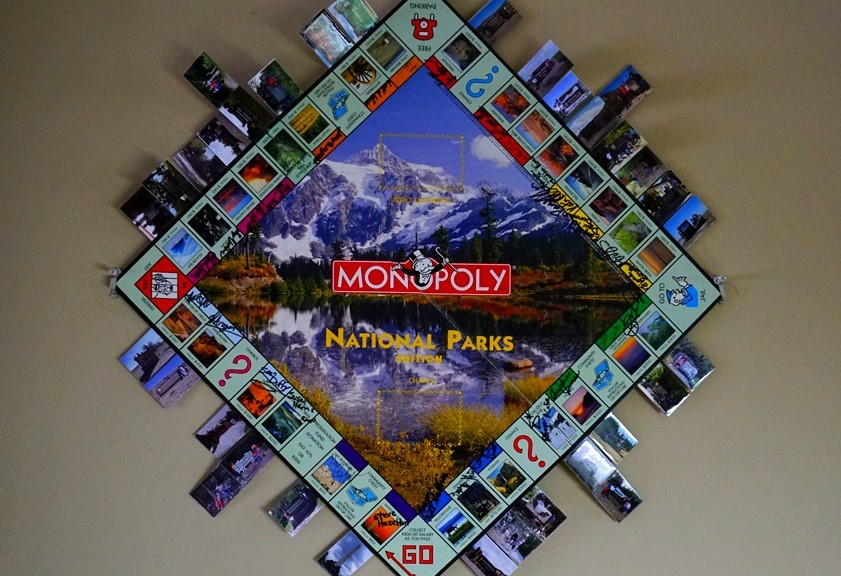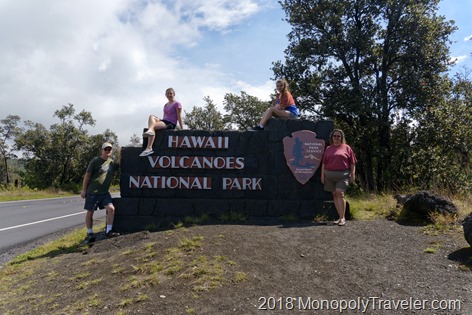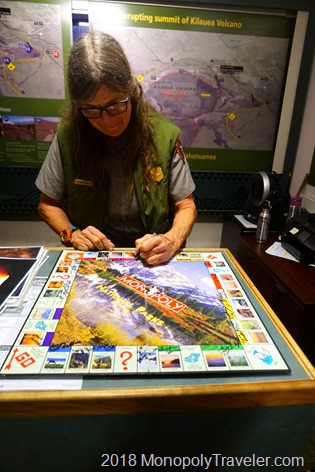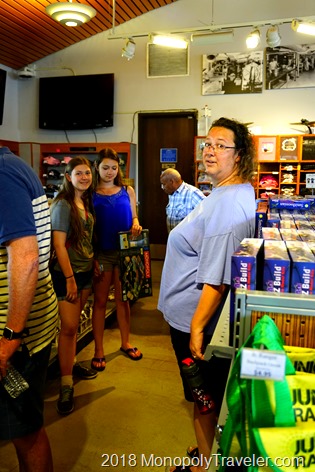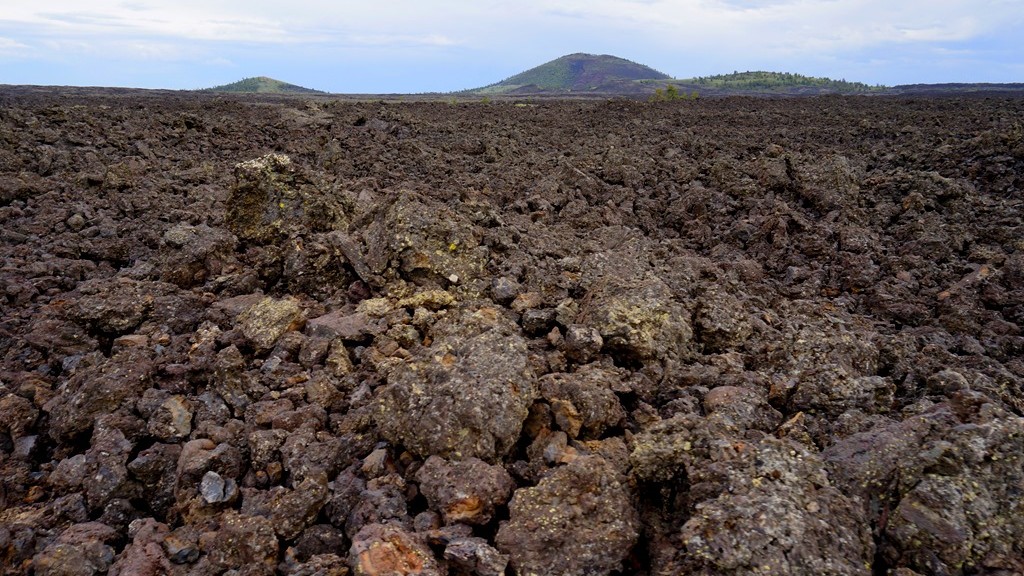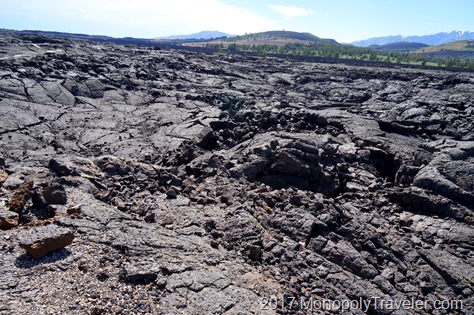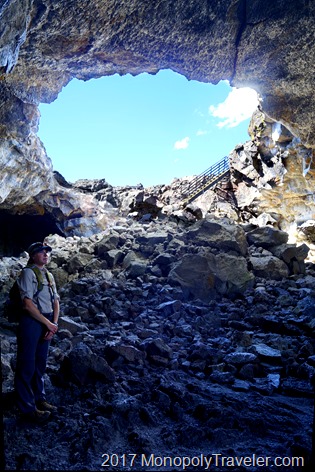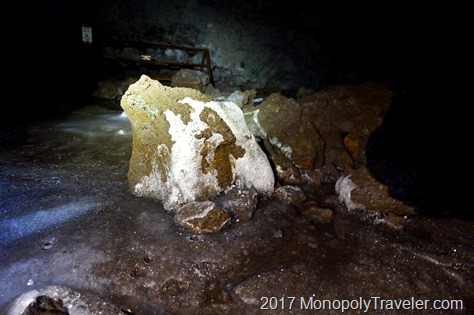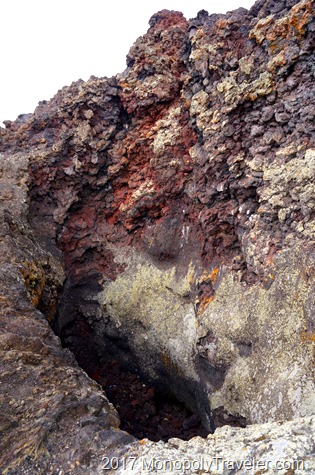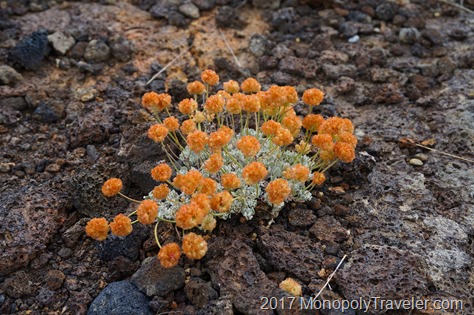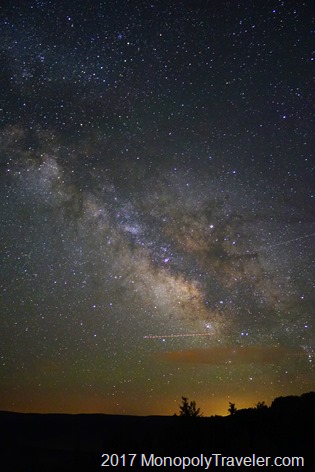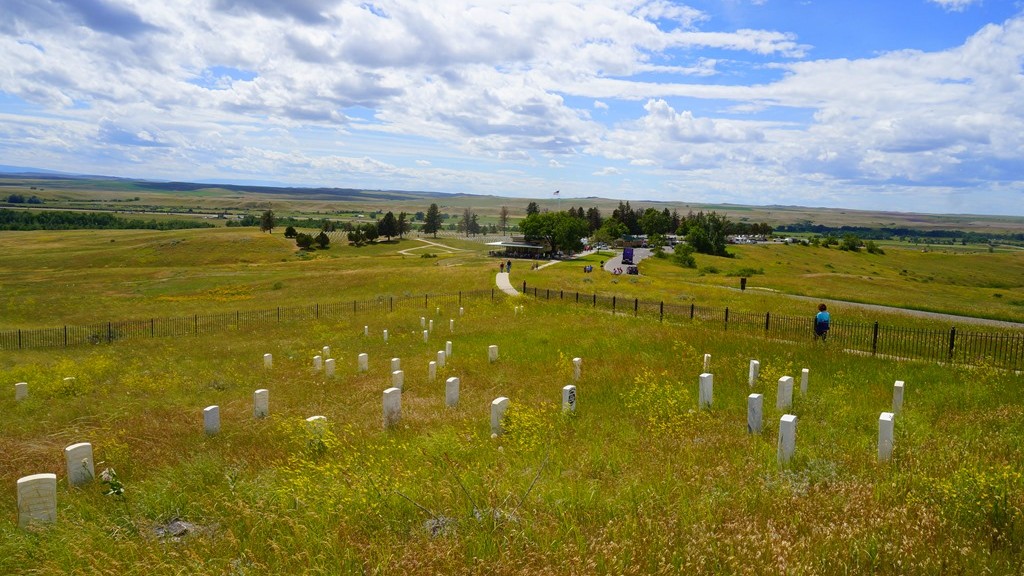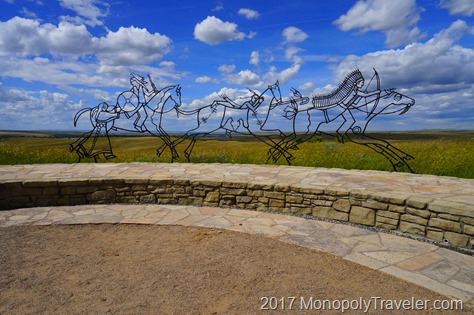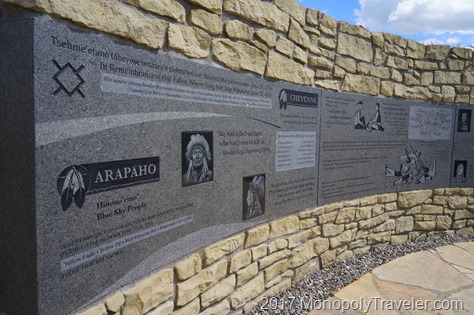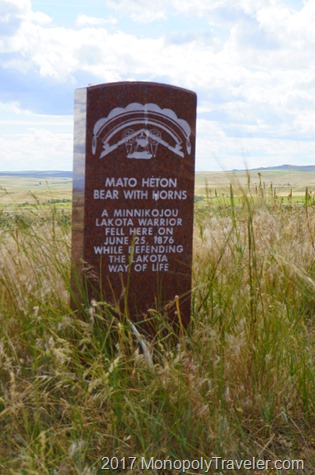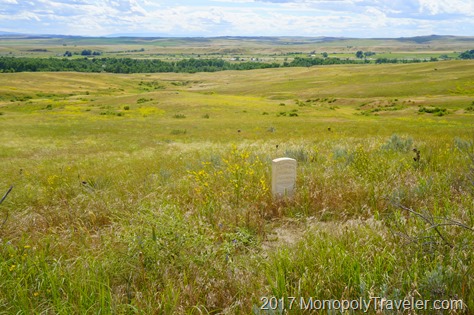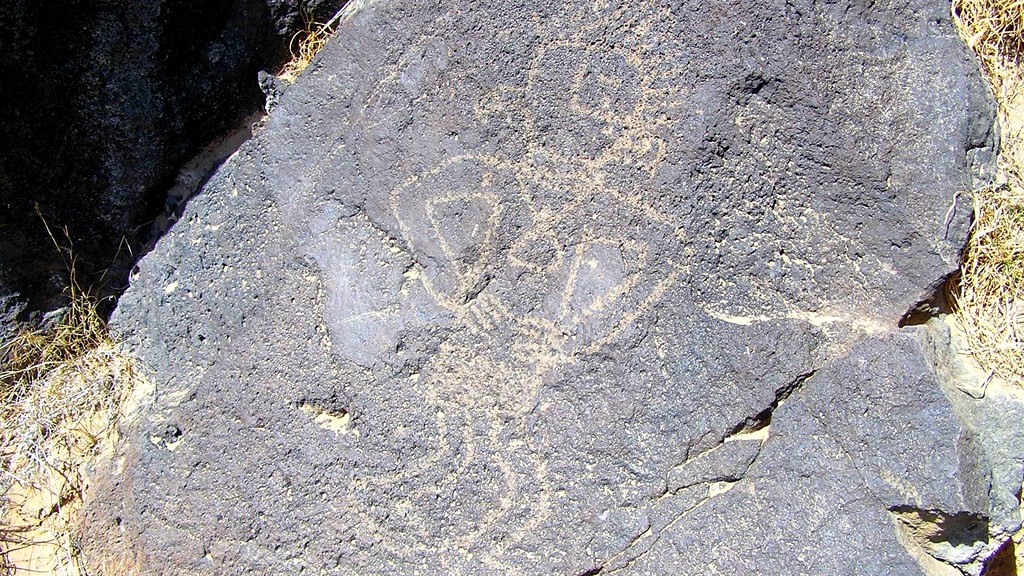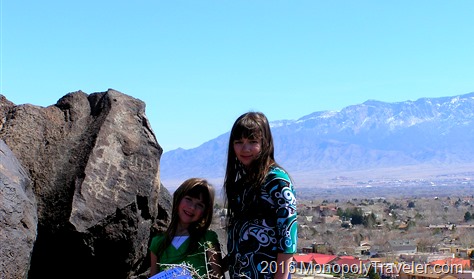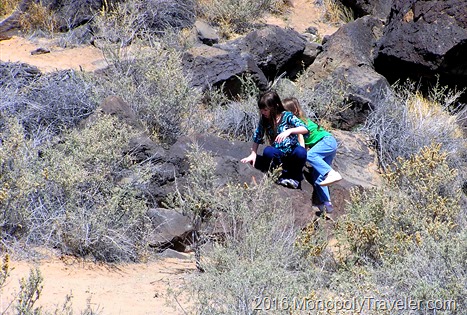A day after hiking into Siskiwit Bay I wanted to back track on the trail we came in on the day before. We passed a beautiful meadow in full bloom that I wanted to take a few photos of. On the way I was talking with my cousin, who was also coming with, and noticed something unusual out of the corner of my eye. There was a line of trees to our right. Studying this cluster of trees I saw something move on the other side of them. It turned out to be a bull moose grazing. We stopped to watch it for awhile. A couple of other hikers appeared on the trail at this moment stopping in there tracks wondering what we were looking at. After spotting the moose they watched until it laid down in the trees and then they continued on. We decided to move on also and see if we could locate the moose on our way back.
Wondering around the meadow, all that was missing was a nice blue sky with a few soft, white clouds passing by. Unfortunately there were more clouds than sun making the meadow less spectacular but still beautiful. We spent about 20 minutes taking pictures and decided to head back towards our shelter. On the way back I headed towards the trees where the moose was earlier in hopes of being able to find it in a more photogenic place. As I was nearing the trees my cousin began to yell in a hushed voice “He’s still there!” I immediately stopped, looked up and spotted him close to where we left him but he was standing now. Watching him again he was just following the tree line away from us while foraging for leaves along the way.
I decided to quickly walk down the trail trying to get ahead of this moose. There was a clearing in the trees and if he continued to move in the same direction, would give me an opportunity for a nice shot. Successfully moving into position, I crouched down near a clump of trees and got my camera ready. My cousin continued down the trail and found another spot to potentially photograph the moose also. In a matter of minutes the moose was nearing the opening as I was hoping for. I began to shoot away and enjoyed watching as the moose lingered near this opening in the trees. He seemed to be continuing on near the tree line but suddenly stopped. I could see his ears now above his head pointed towards my cousin. I could hear my cousin shifting from time to time and the moose seemed to be able to hear it also.
Now the moose backed up and looked back and forth through the opening in the trees which began to make me nervous and excited at the same time. It provided a nice opportunity to get some close up photos of a full sized bull moose but I’m feeling in the way of where the moose may want to go. After glancing my way the moose turned once again towards his original direction bringing a small sigh of relief. I was now ready for the moose to continue on allowing me to exit without a confrontation being quite sure which one of us would win in a direct confrontation. The odds were not in my favor. A few steps towards the trees and the moose stopped again and paused with ears pinned forward.
Once again the moose retreated a few steps and turn towards me. Only this time he took more steps in my direction causing my heartbeat to pick up. A thrilling and unnerving situation to be in. I continued to take advantage while I could and photograph the moose. My camera was on manual focus in order to minimize the noise as I snapped pictures. This monstrous animal continued to move in my direction heading straight for me. At this point I stopped focusing my lens in order to keep as still as possible hoping the approaching moose wouldn’t notice I was there. As the moose got closer and closer I was trying to figure out my escape plan. What are my chances if I play ring around the trees with this large animal? Just a few lengths away, I snapped one last photo before this adult bull moose turned feet from me and ran around the clump of trees I was crouching behind.
Breathing a sigh of relief I realized I had been holding my breath for some time now in an effort to remain still as the moose worked his way towards me. It took me a few seconds to regain enough strength in my legs to stand up and begin to walk towards my cousin. Turning around to look back at where I was and where the moose traveled, I wanted to figure out just how close it was. Fortunately the moose’s footprints were still in the grass allowing me to track exactly where it went. In the picture below, there’s a clump of trees just to the right of the trail with a downed tree in front of it. I was right next to this clump near the trail. The moose came close to the other side of that clump wanting to exit the forest on this side. Stepping off his closest point to me, I measured about 15 feet between me and the moose before it changed direction. WAY TOO CLOSE! Fortunate for me there was no incident. My adrenaline started pumping at this wild experience. Later that day I wondered, “did the moose also sigh relief believing it almost got killed?”

